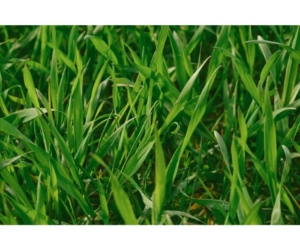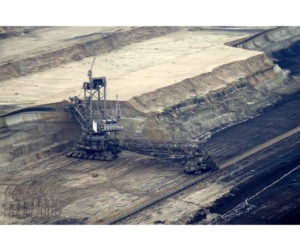Did you know that chemical compounds used in agricultural and explosives are a result from reacting with nitric acid?
Ammonium Nitrate
Ammonium nitrate is a chemical compound and the nitrate salt of the ammonium cation. It is a white crystal solid and highly soluble in water. Ammonium nitrate is predominantly used in agriculture as a high-nitrogen fertilizer.
Ammonium nitrate was the first solid nitrogen fertilizer produced on a large scale. It gained popularity because it has a relatively high nutrient content with half in the nitrate form and half in the ammonium form. The nitrate form moves readily with soil water to the roots, where it’s immediately available for plant uptake. The ammonium form is taken up by roots or gradually converted to nitrate by microorganisms in the soil.
The production of ammonium nitrate is caused by ammonia gas reacting with nitric acid to form a concentrated solution and considerable heat. Prilled fertilizer forms when a drop of concentrated ammonium nitrate solution (95 percent to 99 percent) falls from a tower and solidifies. High-density prills are preferred as fertilizer over low-density prills, which are more porous.
Nitroglycerin
Nitroglycerine is an explosive liquid which was first made by treating glycerol with a mixture of nitric and sulphuric acid. The reaction that follows is highly exothermic and will result in an explosion of nitroglycerine, unless the mixture is cooled while the reaction is taking place. Liquid nitroglycerine is colorless if pure. It is soluble in alcohols but insoluble in water.
Alfred Nobel was the first to produce nitroglycerine on an industrial scale. His first major invention was a blasting cap, which is a wooden plug filled with black gunpowder, which could be detonated by lighting a fuse. This resulted in an explosion of the surrounding nitroglycerin. However, by mixing nitroglycerine with kieselguhr, the original mixture could be made into a paste. This material could then be kneaded and shaped into rods which appropriately fit into drilling holes. Nobel called the new paste dynamite.
Dynamite is an explosive mainly used in mining, construction, quarrying, and demolition industries today. Dynamite is also the product of choice for trenching applications and is a cost-effective alternative to using cast boosters.
Trinitrotoluene (TNT)
Trinitrotoluene is a chemical compound that includes nitric acid. TNT is a yellow solid best known as an explosive material with convenient handling properties. The amount of energy released from TNT is considered to be the standard measure of bombs and power of explosives.
TNT melts at 80°C, or 176°F, which happens to be far below the temperature at which it will spontaneously detonate. This allows it to be safely combined with other explosives. TNT can also be used effectively in wet environments because it neither absorbs nor dissolves in water. To detonate, TNT must be triggered by a pressure wave from an explosive booster.
TNT is partly valued because of its insensitivity to shock and friction. Compared to nitroglycerin, a more sensitive explosive, TNT has a reduced risk of accidental detonation.
The most common form of TNT we might see are fireworks. This combination of toluene, nitric acid, and other chemicals causes a spectacular explosion in the sky when ignited and is used for exciting displays and celebrations.
If you would like to purchase nitric acid, contact Ecolink at (800)-563-1305 or email info@ecolink.com
If you have any further questions, submit an inquiry through our online form.





